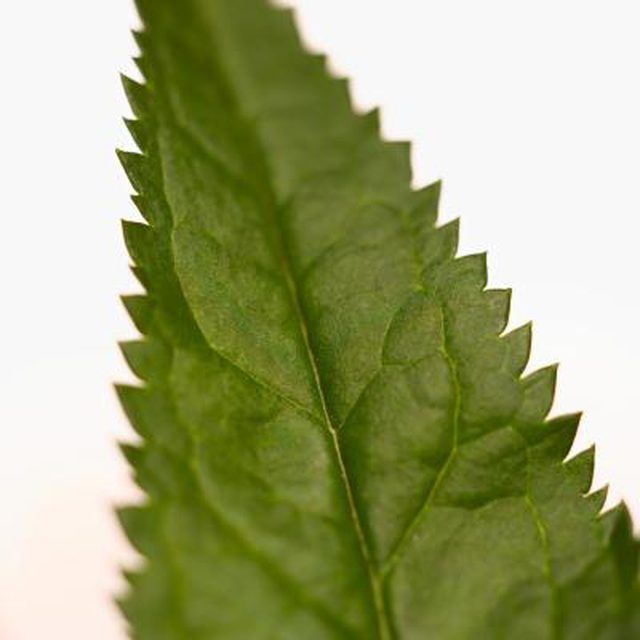Bulbs
Flower Basics
Flower Beds & Specialty Gardens
Flower Garden
Garden Furniture
Garden Gnomes
Garden Seeds
Garden Sheds
Garden Statues
Garden Tools & Supplies
Gardening Basics
Green & Organic
Groundcovers & Vines
Growing Annuals
Growing Basil
Growing Beans
Growing Berries
Growing Blueberries
Growing Cactus
Growing Corn
Growing Cotton
Growing Edibles
Growing Flowers
Growing Garlic
Growing Grapes
Growing Grass
Growing Herbs
Growing Jasmine
Growing Mint
Growing Mushrooms
Orchids
Growing Peanuts
Growing Perennials
Growing Plants
Growing Rosemary
Growing Roses
Growing Strawberries
Growing Sunflowers
Growing Thyme
Growing Tomatoes
Growing Tulips
Growing Vegetables
Herb Basics
Herb Garden
Indoor Growing
Landscaping Basics
Landscaping Patios
Landscaping Plants
Landscaping Shrubs
Landscaping Trees
Landscaping Walks & Pathways
Lawn Basics
Lawn Maintenance
Lawn Mowers
Lawn Ornaments
Lawn Planting
Lawn Tools
Outdoor Growing
Overall Landscape Planning
Pests, Weeds & Problems
Plant Basics
Rock Garden
Rose Garden
Shrubs
Soil
Specialty Gardens
Trees
Vegetable Garden
Yard Maintenance
How to Stop Nettles From Stinging
How to Stop Nettles From Stinging. The stinging nettle is a perennial plant that typically grows between three to six feet in height. It is common throughout North America, Europe, Asia and Africa. The name "stinging" comes from the small, bristly hairs that cover the underside of the leaves and the stems and contain chemicals which...

The stinging nettle is a perennial plant that typically grows between three to six feet in height. It is common throughout North America, Europe, Asia and Africa. The name "stinging" comes from the small, bristly hairs that cover the underside of the leaves and the stems and contain chemicals which irritate the skin. When touched, these hairs cause a burning sensation and a red, itchy rash. When the leaves are boiled, the bristles soften and become edible, making nettles popular in tea, salads, and herbal remedies. If you find yourself in contact with nettles, here are some suggestions for handling their sting.
Things You'll Need
Thick gardening gloves
Hydrocortisone or other anti-itch cream
Topical antihistamine such as Benedryl
Baking soda
Aloe vera
Jewelweed
Dock plant
Avoid them in the first place. Unless you are gathering nettles for culinary or medicinal uses, learn how to recognize stinging nettles so you can stay away from them. (See the Resources section for an identification guide.)
Wear thick gardening gloves when working around stinging nettles. Make sure your legs and arms are also covered. Use a hoe or shovel to dig out a patch of nettles that have become bothersome.
Treat a sting first with cold, clean water. Rinse the affected area thoroughly. If using a towel, be careful not to rub too hard, as you might push the bristles further into your skin or spread them to other parts of your body.
Apply an anti-inflammatory cream like hydrocortisone to the sting. Hydrocortisone can also help relieve any itching, as can topical creams containing antihistamines, such as Benedryl. Analgesic tablets may also help temper any pain.
Consider trying folk medicine remedies if stung. According to Jeff Day, author of "Don't Touch That! The Book of Gross, Poisonous, and Downright Icky Plants," a paste of baking soda and water can help alleviate pain from a nettle sting. Other remedies include aloe vera, jewelweed, mud, and saliva.
Look for a dock plant near the area you were stung. Dock plants typically grow low to the ground near nettle plants and are an age-old remedy for nettle stings. The plant is recognizable by its thick stem and large leaves. (See the Resources section for an identification guide.) Snap off a leaf with its stem and chew on the end of the stem or rub it between your fingers to soften and break it open. Then rub its juice on your sting.
Tips & Warnings
Look for young stinging nettle plants for medicinal or culinary purposes. The barbs on young plants have not had as much time to develop and will be easier to gather. When boiled, the leaves lose their sting and taste similar to spinach. They are also high in protein.
Don't try to remove the bristles with your bare hands. You may end up getting stung again and transferring the stings to other parts of your body.
Contact a doctor if the pain from touching a stinging nettle lasts longer than 24 hours or is otherwise unbearable.